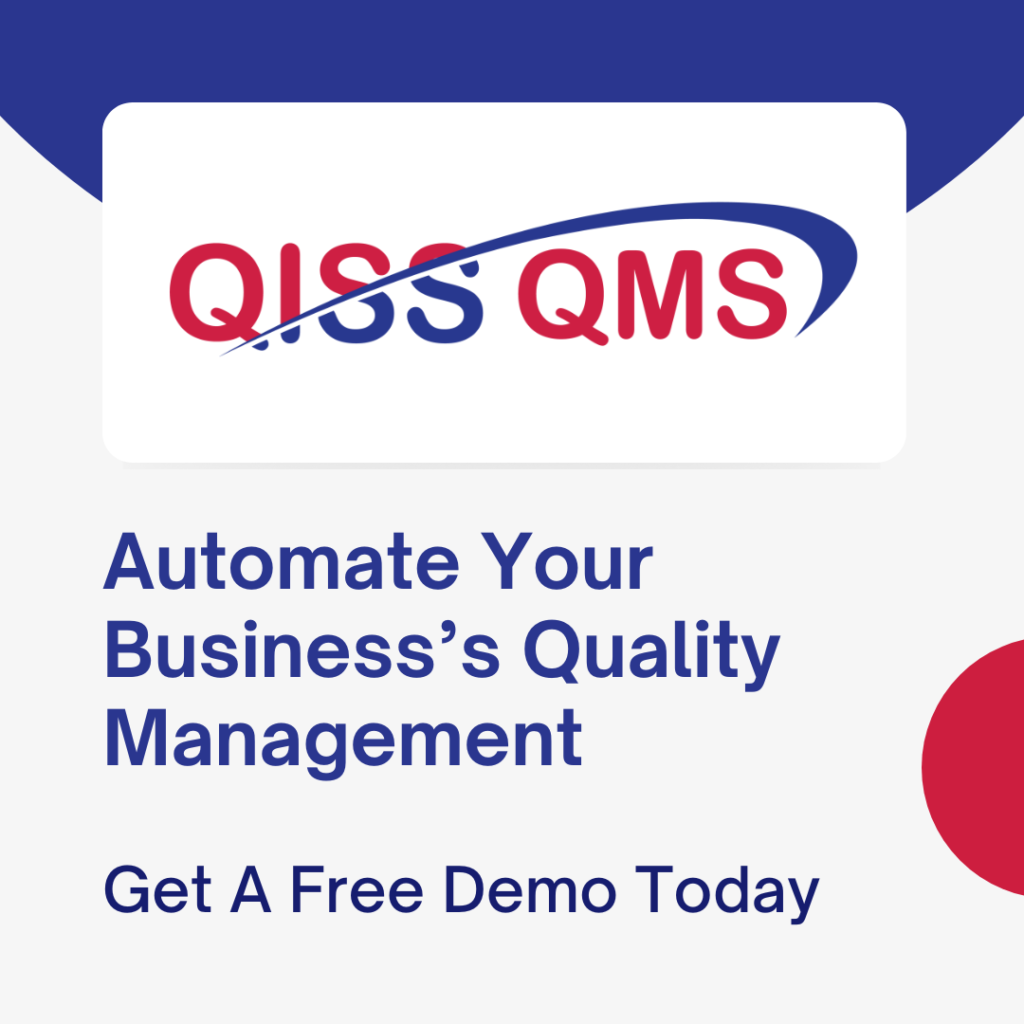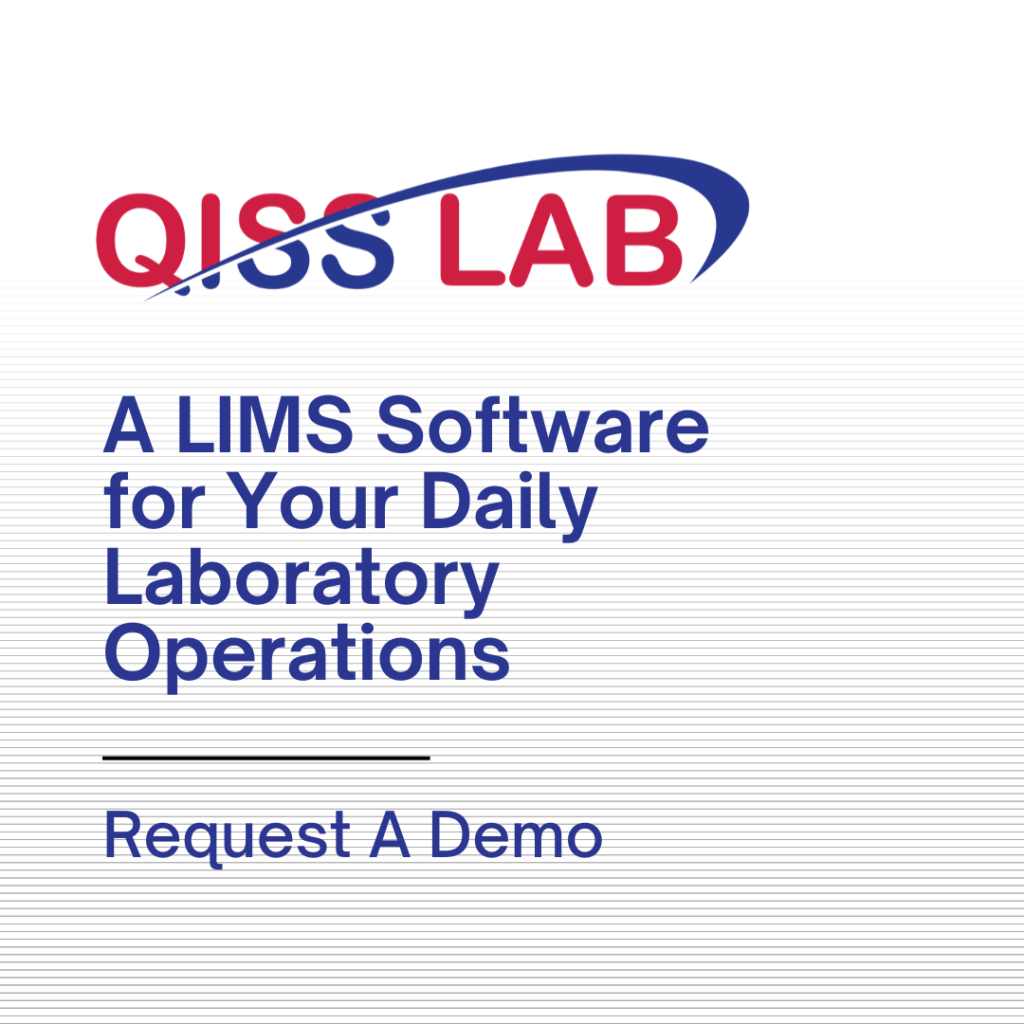(Part 1 of a 3-part series)
Background
Most small to medium size companies implement an ISO 9001 based Quality Management System (QMS) because they feel pushed into it by customers, competition, or the industry they are in. This includes the long list of other standards that are derived from ISO 9001, such as IATF 16949, ISO 13485, AS 9100, API Q1, API Q2 to mention a few. Compliance to these standards is one of the many requirements for doing business in these environments.
Clearly, when customers require you to achieve certification, they are hoping that doing so will give them a better assurance of good quality products that they will buy from you. Apart from being just a politically correct statement, it is actually a fact that the ISO 9000 family of standards can help management run their companies better. It is also a fact that many companies who do have “Certified Systems” do not get the full benefit of ISO 9001. This usually happens because some companies go through the exercise with a begrudging attitude and feel that they have to listen to the commands of a not-so-smart Master.
Truth is that ISO 9001 is a Servant that you can use in a way that suits you, and not vice-versa.
The Confusion
Fact is that ISO 9001 has been written in a such a way that it can be interpreted at different levels. It is quite flexible. The derivative standards are not as flexible, because they cannot be (due to the higher levels of risk they encounter), and therefore have added requirements in certain relevant parts of the base (ISO 9001) standard.
The fact that the base standard is flexible gives companies the freedom to decide how stringent they wish to be. This article will explain how that can work. Since the vast majority of interest is in ISO 9001, we will restrict the analysis to ISO 9001.
Different people have been observed to have a different interpretation of the same requirements of an element of the Standard. This difference is usually dependent on what is the motivation for the company doing the interpreting and the implementing. There are some companies who strategically decide to do the minimum necessary to get certification.
There are others who do not desire certification but would like to use the requirements of the Standard to help them run their company more effectively and efficiently. Of course, there are companies who would like to do both.
The Solution
QIA has devised the “LAB” method for helping companies see the difference and choose the interpretation they prefer. QIA has designated three categories of interpretation, identified as the “L”, the “A”, and the “B” categories.
If it is an “L” interpretation, then you absolutely must comply with it to achieve certification. You will almost certainly lose in a debate with a Registration Auditor. The “L” identifier has been chosen to mean “Legal”, and seeks to illustrate the nature of the interpretation from the point of view of a company that wants to know what is the absolute minimum they need to do to avoid getting into trouble. These interpretations usually will zero in on the “shall” word, and devise what is required to minimally meet the requirement following the “shall” word.
There is another category called the “A” category, which adds to the “L” category, commonly used interpretations used by Certification Auditors. The identifier “A” denotes “Auditor”. It will be only the more mature and seasoned auditors who may insist on the “A” interpretation, because in a court of law or under appeal, they may lose. Therefore, the auditor will need to show that the Standard does in fact require actions as the auditor sees it. However, such interpretations usually make common sense. Generally speaking, certification auditors will not put their own spin on the “L” interpretation.
There are two reasons for this: they are not supposed to, nor allowed to, and they may not want to take on an argument when they know their legal position is weak. They do not see any reason to make a client do what the client does not want to do, especially since the client is paying the auditor’s fee. Therefore, the “A” category almost always will be the same as the “L” category.
In the interpretations that follow, (in the next article) the “L” interpretation is used sparingly.
The third category of interpretation is the “B” category and has been chosen to denote “Business” reasons to do something. This interpretation is useful for companies to investigate and use the requirements and suggestions of the Standard to re-examine the way they do business and try to improve it.
To illustrate the above concept, consider the requirement for Internal Audits in section 9.2.2 of the Standard. The “L” requirement will be to ensure that an audit is done of the entire system, using trained auditors without any conflict of interest. This requirement may be completed by a Quality Manager who takes a book and reads “All about internal audits in three easy lessons”, and attests to that in a letter to the Plant Manager. Training of two quality inspectors is done by gathering them around a table for an hour and lecturing them on the intricacies of internal audits.
The Quality Manager makes a note of the above action in the training record of the inspectors. This training record is a grid that has names of five inspectors on the Y axis and required competencies on the X axis. One of the competencies is labeled Int. Aud. The Quality Manager enters the names of the two inspectors in the relevant boxes and hands them a 2-page check list that paraphrases the major requirements of ISO 9001, and asks the new auditors to audit the Company. They do not find any Nonconformity except for some documents that had not been signed. The Quality Manager then audits the Quality Assurance Department and finds similar Non-compliances.
The above scenario will be presented to a certification auditor who has budgeted one hour to audit this section. The certification auditor sees that there are records which show that all requirements have been met and the internal audit program will most likely be approved by the certification auditor.
An experienced and astute auditor who is also bold may use some “A” interpretations and declare that the training was inadequate, the checklist was inadequate, and the Quality Assurance Manager was not independent of the activity being auditing. However, the astutue auditor would have to find other supporting evidence to support a suspicion that the program, although minimally Documented and Recorded, was ineffective in its implementation. Effective implementation is a key requirement of the Standard. The astute auditor would find several major non-compliances: against Competence Training (7.2), against an inadequate system (4.4), and against an ineffective Audit program (9.2.2).
A company that uses the “B” interpretation will recognize that the Internal Audit program is a powerful tool for continuous improvement of all processes of the Company. The word “audit” will not be synonymous with policing or criminal investigation, instead it will be synonymous with system examination and enhancement. Auditors will be selected for their abilities at questioning the status quo and their penchant for re-engineering. They will be trained properly, spending perhaps 2-3 days in a structured Training. Their attitude will be that of an enabler and counselor when they do an audit. The program will be designed to audit the Company system.
The check list will be generated by the auditor after careful study of the status quo as evidenced by the documented and defined business processes. The Standard will perhaps not even be used, excepting for referencing when examining the Documented System.
Conclusion
As can be seen from the above scenario, the category of interpretation can influence the way a company designs and implements an ISO 9000 system. It can also perhaps be seen that the difference in Interpretation and Implementation can have a significant impact on the value of the system as a management tool. It is our belief and experience that it takes only a little bit of extra work up front to design and implement a system that will be useful and will increasingly gain acceptance and enthusiasm as the system grows in usefulness with time.
Choose suitable software for your business from QISS essential software list. We are always ready to provide you ISO-based QMS services through QISS QMS software.



